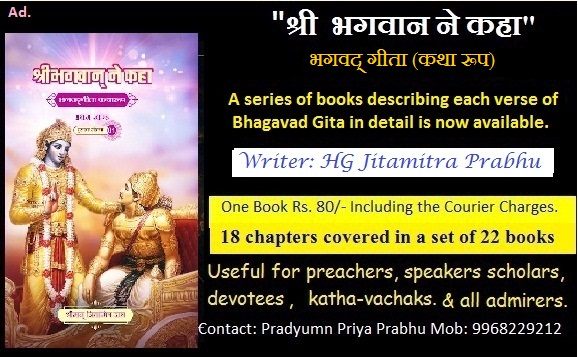SultanGhari Tomb was a Hindu Temple
 |
| Interiors of a Temple |
SultanGhari
tomb Delhi regarded as first Islamic Mausoleum (tomb), built in 1231 AD for
eldest son of Iltumish is in reality a Hindu temple.
Architecture
and evidences of the Hindu temple destroyed by Iltumish can still be found
inside the Sultan Ghari tomb Delhi. The
tomb is built on the site of a Pratihara era (700-1100CE) Hindu temple as
the tomb resembles images and structures present in ancient Hindu temples and
incorporates Hindu era motifs on the plinths, columns as well as the chamber of
the Tomb which is supported by four towers that are raised by two pillars each
supporting a beam which showcases ancient relics of Hindu Temples on the
Columns as well as on the floor.
According to
Archaeological Survey of India “The
ceiling rests on columns raised with two pillars each robbed from an earlier
Hindu shrine; carved lintels from another were found embedded in the thick
lime-concrete roof. Other pieces were used in the ceilings of the
prayer-chamber and bastions and the pillars re-utilised in the verandahs,
originally used as a madrasa, after chipping the decoration off them. The tomb
was repaired later by Firuz Shah Tughluq.”
 | |
|
Reference:
The official Archaeological Survey of India - Sultan Ghari’s Tomb, Accessed: 19 April 2016
https://en.wikipedia.org/wiki/Sultan_Ghari
___ XXX ___

















